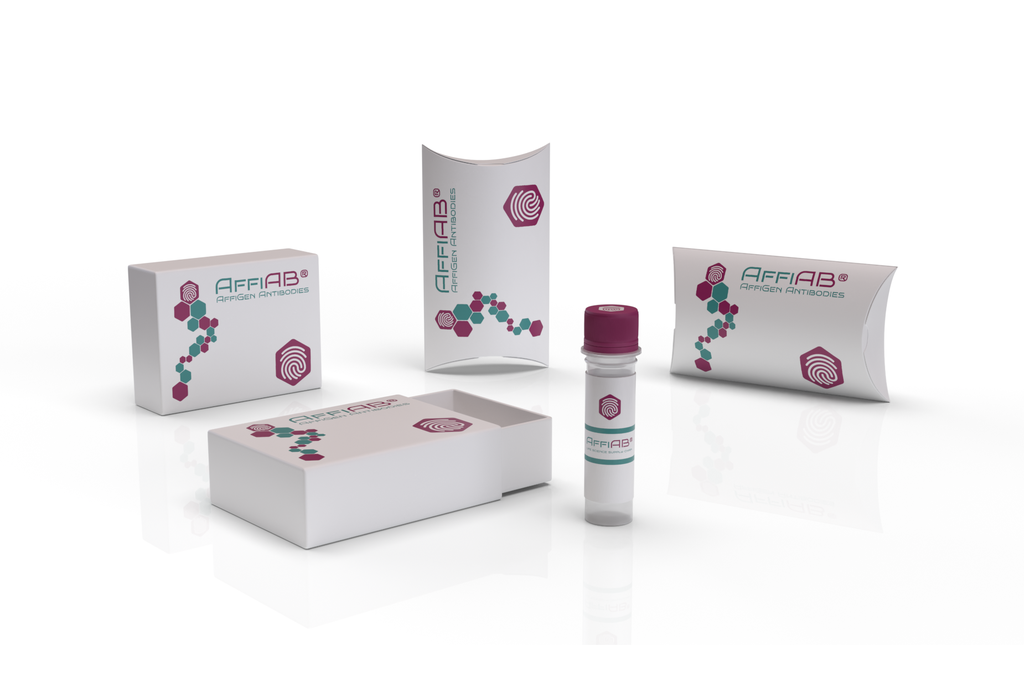AffiAB® Anti-RIP3 Antibody
The product of this gene is a member of the receptor-interacting protein (RIP) family of serine/threonine protein kinases, and contains a C-terminal domain unique from other RIP family members. The encoded protein is predominantly localized to the cytoplasm, and can undergo nucleocytoplasmic shuttling dependent on novel nuclear localization and export signals. Essential for necroptosis, a programmed cell death process in response to death-inducing TNF-alpha family members. Upon induction of necrosis, RIPK3 interacts with, and phosphorylates RIPK1 and MLKL to form a necrosis-inducing complex. RIPK3 binds to and enhances the activity of three metabolic enzymes: GLUL, GLUD1, and PYGL. These metabolic enzymes may eventually stimulate the tricarboxylic acid cycle and oxidative phosphorylation, which could result in enhanced ROS production.
Antibody type
Rabbit polyclonal Antibody
Uniprot ID
SwissProt: Q9Y572 Human; SwissProt: Q9QZL0 Mouse; SwissProt: Q9Z2P5 Rat
Recombinant
NO
Conjugation
Non-conjugated
Host
Rabbit
Isotype
IgG
Clone
N/A
KO/KD
N/A
Species reactivity
Human, Mouse, Rat
Tested applications
WB, IF-Cell, IHC-P
Predicted species reactivity
N/A
Immunogen
Synthetic peptide within Mouse RIP3 aa 403-426.
Storage
Store at +4°C after thawing. Aliquot store at -20°C. Avoid repeated freeze / thaw cycles.
Form
Liquid
Storage buffer
1*PBS (pH7.4) , 0.2% BSA, 50% Glycerol. Preservative: 0.05% Sodium Azide.
Concentration
1 mg/mL.
Purity
Immunogen affinity purified.
Signal pathway
Immunology & Inflammation
Recommended dilutions
WB:1:500-1:1, 000; IF-Cell:1:50-1:200; IHC-P:1:50-1:200
Molecular Weight
Predicted band size: 57 kDa
Subcellular location
Cytoplasm, Nucleus.
Positive control
Human small intestine tissue lysate, mouse lung tissue lysate, SK-Br-3 cell lysate, A549, PANC-1, rat kidney tissue, rat pancreas tissue, mouse colon tissue, mouse pancreas tissue, MEF cell lysates.
